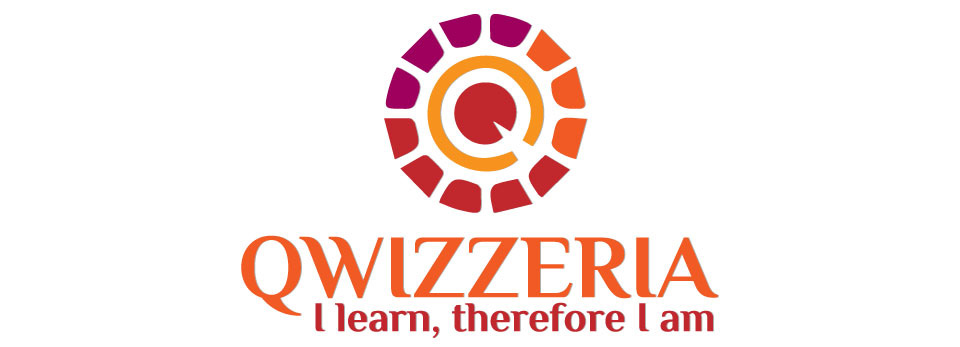Alvin Ailey grew up at a time when African Americans faced racial discrimination, violence and lynching. He met his mentor Lester Horton in 1949 and learnt classical ballet jazz, native American dances, painting, acting, music, set design, and costuming. He took over as the artistic director of Horton’s dance company at the age of 22 with an experience of exactly one choreography to his credit. He started Alvin Ailey Dance theatre in a bid to encourage multi racial dancers and to specifically encourage African American dancers who used to be excluded from performances at that time. Ailey’s body of work includes 79 choreographies for his company, a host of performances, stage choreographies for ballets and Broadway musicals as well as film and television choreographies.
The Show – through the reviewer’s eyes
The show in Basel showcased four choreographies. It started with ‘Open door’ choreographed by Ronald Brown. A physically demanding choreography, set to Afro- Latin Jazz, involving ‘Samba’ like moves performed by brilliant dancers, ‘Open door’ kept the viewer enthralled by the quality of dance, but was a couple of notches lower in terms of theme/concept. One could probably say the choreography represented the possibilities an open door provides, but that did not show up very clearly.
The second piece for the evening was ‘Piazzolla Caldera’ choreographed by Paul Taylor. It was a re-interpretation of tango with modern dance. Set in a scene representing a club, it had men and women dancing in duos and trios, a couple of drunk men and a female lead in search of a partner. The encounters between the dancers were passionate, fiery, playful and had one waiting eagerly for the next twist and turn in plot. The piece ended dramatically with the female lead collapsing. One could say it mirrors life in terms of the quest for finding a true soulmate. The expressions, especially those of the female lead dancer were brilliant. This piece was modern tango at its best and needless to say, my favourite.
The third choreography was ‘Takademe’, choreographed by Robert Battle who is currently the Artistic Director of the company. Takademe is the Indian “tha ka dhi me”* and the music for this piece is a combination of contemporary ‘Konnakol’** and Bharatanatyam nattuvangam by Sheila Chandra. ‘Takademe’ was choreographed in a small living room in Queens, when Battle started his career, which explains the limited use of space and the movement of the dancer along a long diagonal alone. One also sees bits and pieces of Battle’s inspirations – Michael Jackson and Indian dance- specially a stylized modern dance version of Bharatanatyam’s basic “dhi dhi thai” step. It is quick and quirky and Battle hasn’t succumbed to the temptation to rework the choreography over the years. With a plain white backdrop, Battle ensures that nothing takes attention away from the super quick movements of the dancer.

The last choreography for the evening was ‘Revelations’, Alvin Ailey’s signature choreography, which has been performed previously at the 1968 Olympics and at the White House. Set to Blues, African American spirituals, and gospel music, it stems from Ailey’s childhood experiences with the Baptist Church. Made up of three different pieces, the concept signifies getting off the ground, to the baptismal and purification followed by a section on gospel church and all the church happiness – signifying how an entire race chose to overcome their travails through spirituality. One normally sees themes signifying ‘uniting with the Creator’, in an Indian classical dance form. ‘Revelations’ is definitely its westernized version. An entire song in the baptismal portion- ‘I want to be ready’, is choreographed using exercises from Lester Horton’s dance technique – one that combines knowledge of physiology and dance to improve a dancer’s ability. Revelations was choreographed in 1960 but it retains every bit of its freshness and is brilliant, be it the choreography or music or costuming.
Alvin Ailey Dance Theatre performs at the Alte Oper in Frankfurt, from 29th August to 2nd September and at the Tivoli Concert Hall in Copenhagen, from 6th September to 10th September. Its definitely worth a watch.
* Syllables used in classical dance
**Konnakol is the art of performing percussion syllables vocally in South Indian music
Disclaimer: Opinions expressed belong solely to the content provider. Namaste Switzerland does not undertake any financial/reputational/legal/misrepresentational impact or other obligations/ liabilities that may arise from the content.













